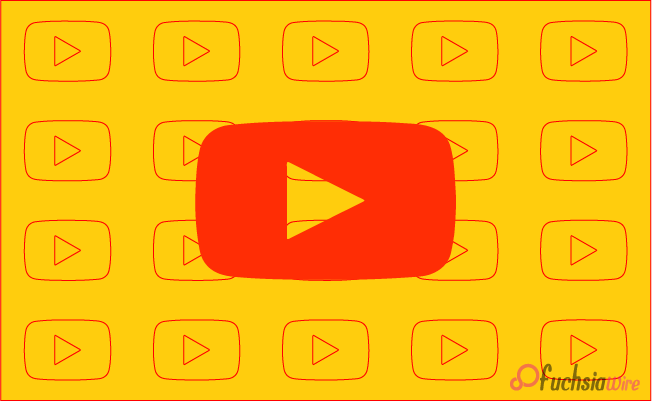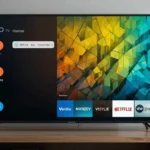YouTube for Android TV Gets Dubbed Tag for AI-Translated Audio

YouTube is introducing a new Dubbed Tag on Android TV. A label will appear on videos where the original audio has been replaced with an AI-generated dub. Adding this feature on YouTube allows you to give the viewer a sense of what they are hearing.
This update is especially important because it's for a multilingual audience. It relies on dubs to get content in their preferred language. Additionally, this fits into YouTube’s overall campaign to make content more accessible and clear across different devices.
The Rise of AI Dubbing
In recent times, we have made great strides in the production of AI-powered dubbing technology. It renders video translation in numerous different languages at an affordable rate.
In the long term, this will unleash other possibilities for content creators to reach a wider audience. This also means that viewers need to know when they are listening to a voice generated by AI.
The “Dubbed” Tag: Transparency for Viewers
Also, YouTube for Android TV brings the “Dubbed” tag to YouTube, which is an evident pointer to transparency.
While the video uses AI dubbing, this tag will be highly visible next to the video title or other metadata.
Viewers can quickly identify which videos have been dubbed. Thus, they decide whether to watch the content with AI-generated audio or without.
Benefits of the "Dubbed" Tag:
This would be seemingly small, but in fact, it has a lot of benefits:
The original audio between the scenes should be recognizable. Any artificial intelligence-generated audio dubbing should be clearly in the background; the viewers can completely change it.
As AI dubbing has quickly gained popularity, the voice of AI sounded very different from that of a human. The tag sets expectations and provides insight into the audio that will be heard.
For Quality Purse: "Dubbed" will enhance the AI dubbing technology. The more viewers hate the audio, the more the devs will have to create entirely more natural, expressive AI voices.
How the "Dubbed" Tag Works
When you list the metadata, like the ‘Dubbed’ tag, the Video Resolution Closed Captions will be listed. This can be shown clearly and simply with another icon or color that distinguishes it from other tags.
Suppose we focus on using AI dubbing consistently regardless of the video. In that case, the tag will be the same across all the videos that use AI dubbing, uniformizing the viewers' experience.
Looking Ahead
The ‘Dubbed’ tag is a great way to include some transparency in online videos. This makes it relevant to discern whether or not there are concerned versions of the audio. With the advancement of AI dubbing technology over time, we could notice more developments.
In the future, such tags could be language-specific, e.g., "Dubbed (Spanish)" or "Dubbed (French)." The viewer can view it to determine what audio is there.
The Extract
The transparency that the “Dubbed” tag on YouTube for Android TV provides to the viewer allows them to know what they are watching.
It underscores the use of AI dubbing in online videos and the need to mention audiences to ensure that. If creators use anything that sounds like AI, they must make it explicit that it’s AI.
This is a small but important step towards creating more AI-enabled translation. It provides all the content in a linguistically accessible form.
Also Read: YouTube Fixes Bugs for the Mini-Player on Android


